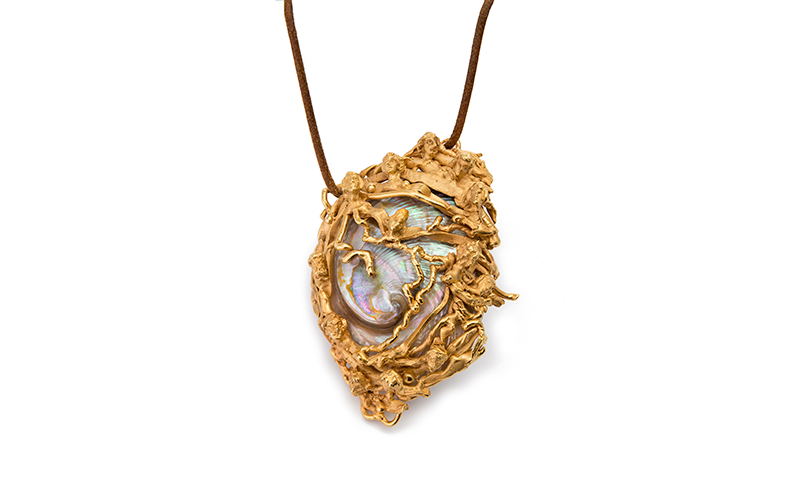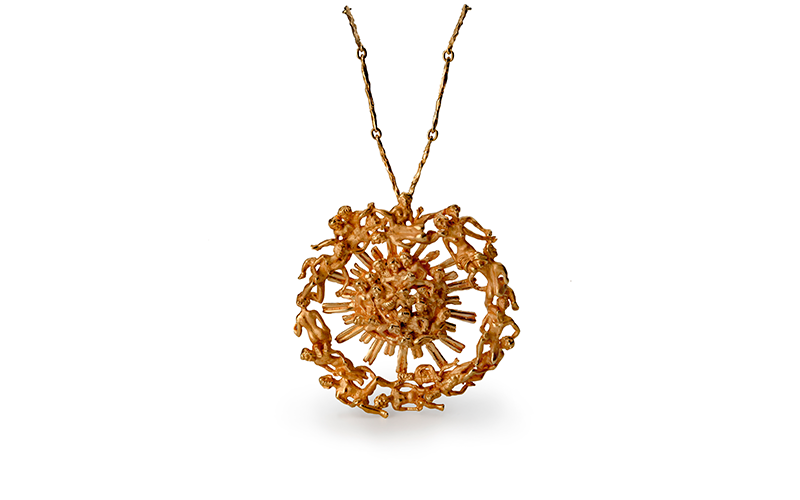- Events & Programs Home
- Calendar
- Accessibility
- Adults
-
Families & Teens
- Families & Teens Home
- 10x10 Teen Art Expo
- Art on the Rise
- Art Together: Art Making for Families with Children Ages 3–5
- Babies Sing with May Festival Minis
- Boy Scouts / Girl Scouts
- CAM Kids Day
- Family Storytime and Gallery Walk
- Family Studio: Art Making for Families with Children Ages 6–12
- Games in the Galleries
- Members-Only Baby Tours
- Public Baby Tours
- REC Reads
- Rosenthal Education Center (REC)
- Saturday Morning Art Class
- See Play Learn Kits
- Summer Camp
- Teen Fest: Zine and Comic Exchange
- RECreate
- Teachers
- Community Outreach
- Fundraisers
- Plan Your Own Event

- Events & Programs Home
- Calendar
- Accessibility
- Adults
-
Families & Teens
- Families & Teens Home
- 10x10 Teen Art Expo
- Art on the Rise
- Art Together: Art Making for Families with Children Ages 3–5
- Babies Sing with May Festival Minis
- Boy Scouts / Girl Scouts
- CAM Kids Day
- Family Storytime and Gallery Walk
- Family Studio: Art Making for Families with Children Ages 6–12
- Games in the Galleries
- Members-Only Baby Tours
- Public Baby Tours
- REC Reads
- Rosenthal Education Center (REC)
- Saturday Morning Art Class
- See Play Learn Kits
- Summer Camp
- Teen Fest: Zine and Comic Exchange
- RECreate
- Teachers
- Community Outreach
- Fundraisers
- Plan Your Own Event
Pendants by Eric de Kolb
Pendants by Eric de Kolb
- Home
- Plan Your Visit
- Art
-
Events & Programs
- Events & Programs Home
- Calendar
- Accessibility
- Adults
-
Families & Teens
- Families & Teens Home
- 10x10 Teen Art Expo
- Art on the Rise
- Art Together: Art Making for Families with Children Ages 3–5
- Babies Sing with May Festival Minis
- Boy Scouts / Girl Scouts
- CAM Kids Day
- Family Storytime and Gallery Walk
- Family Studio: Art Making for Families with Children Ages 6–12
- Games in the Galleries
- Members-Only Baby Tours
- Public Baby Tours
- REC Reads
- Rosenthal Education Center (REC)
- Saturday Morning Art Class
- See Play Learn Kits
- Summer Camp
- Teen Fest: Zine and Comic Exchange
- RECreate
- Teachers
- Community Outreach
- Fundraisers
- Plan Your Own Event
- Give & Join
- About
- Tickets
- Calendar
- Exhibitions
- Collections
- Blog
- Shop
- Art
- Exhibitions
- What, Me Worry? The Art and Humor of MAD Magazine
- Recall. Reframe. Respond. The Art of Paul Scott
- Rediscovered Treasures
- Special Features
- Upcoming Exhibitions
- Past Exhibitions
- Online Exhibitions
- Explore the Collection
- Provenance and Cultural Property
- Conservation
- Meet the Curators
- Digital Resources
- Art Bridges Cohort Program

Eric de Kolb (Austrian, worked in United States, 1916–2001), Pendant, 1970s, gold, abalone

Eric de Kolb (Austrian, worked in United States, 1916–2001), Pendant, 1970s, gold
Audio Description
These two pendants, one in gold and abalone and the other in gold, were made by Austrian jeweler Eric de Kolb in the 1970s. De Kolb worked in the United States and lived from 1916–2001.
Both of these pendants are textured matte yellow gold. The texture is formed by many miniature people. The pendant on the left is more oblong in shape and has more busts than full figures. An opalescent abalone shell forms the base of this pendant and is seen in the center of the form, surrounded by figures and textured gold. The pendant on the right is circular with a ring of naked full figures around the outside. In the center is a sun-like shape with people in the center and linear pieces of gold radiating from them with periodic attachments to the outside ring.
Label Copy
These two pendants, one in gold and abalone and the other in gold, were made by Austrian jeweler Eric de Kolb in the 1970s. De Kolb worked in the United States and lived from 1916–2001.
A Renaissance man, Eric de Kolb worked with renowned fashion designers, established his own handbag company, worked as a graphic and industrial designer, won awards for packaging designs, owned a gallery, and was an architect and a painter. But it was his early training in sculpture that led him to jewelry design. His own art collections included Romanesque Madonnas, Greek and Etruscan bronzes, and African sculpture. His aim was to create jewelry that touched on particular times and places.
If you look closely at these two pendants by de Kolb, you will see they are composed of miniature human figures—both complete and partial. They are intertwined and writhe around each other. Inspired by the work of Renaissance artists, who were in turn inspired by sculptures from antiquity, he used the figures to create an overall texture. These sculptural pieces of jewelry surreptitiously combine the ancient and the modern.
Back to Materials, Texture, Sculpture Back to the Audio Exhibition
Cincinnati, OH 45202
Toll Free: 1 (877) 472-4226
Museum Hours
Museum Shop
Terrace Café
Library
Cincinnati Art Museum is supported by the tens of thousands of people who give generously to the annual ArtsWave Campaign, the region's primary source for arts funding.

Free general admission to the Cincinnati Art Museum is made possible by a gift from the Rosenthal Family Foundation. Exhibition pricing may vary. Parking at the Cincinnati Art Museum is free.
Generous support for our extended Thursday hours is provided by Art Bridges Foundation’s Access for All program.

General operating support provided by:



